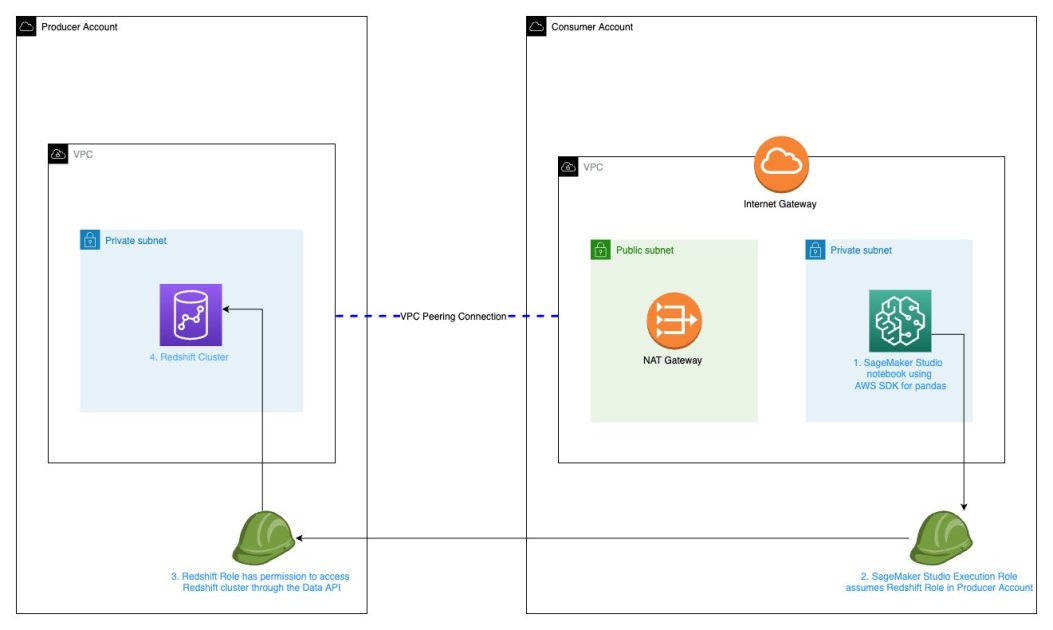As AI gains power and efficacy, more businesses shift their gaze to leveraging its potential. And the annual McKinsey Global Survey 2023 confirms the explosive growth of generative AI tools. Moreover, one-third of the survey respondents say their organizations are using GenAI regularly in at least one business function. It’s not surprising: AI can boast of such features as deep customer analysis, sales trends forecasting, system protection, and many more.
In this article by OpenCV.ai, we will dive into the subtleties of building AI products from scratch – you don’t have to be tech-savvy to grasp the main idea as we’ve summarized everything and broken it into 7 easy steps for you.
Why You Should Invest in AI
Firstly, let’s highlight the value of AI in business. Many entrepreneurs tend to underestimate AI, but it’s more than a handy tool. It presents a great opportunity for companies to:
- Find an optimal solution for happier customers;
- Stay at the forefront of innovation;
- Outperform rivals;
- Reach a higher profit.
Moreover, Accenture Reports claims that AI can boost corporate profitability in 16 industries by 38% by 2035 – quite a big figure to miss. It would be sensible to start investing in AI software today not to fall behind tomorrow, especially with such an offer of alluring benefits.
Understanding the Main AI Components
Before we get to the point, let’s add some context. We should clarify the key components of AI work, which include:
Learning Procedures
The most important phase is gathering and organizing data so that it can be processed into useful information. In order to teach AI algorithms to complete certain tasks, it’s necessary to process datasets like pictures and conversations with clients to arrange them into relevant models.
Reasoning Procedures
The Next step implies deep analysis of procedures to determine which is best for a certain task. An AI-powered system that makes decisions, for example, assesses several algorithms and chooses the best outcomes based on previous data analysis.
Self-Adjustment Procedures
To offer accurate results, the AI product development team continuously checks and modifies algorithms. This tackles forthcoming issues and as a result, improves the efficiency of AI systems.
How to Build AI Products: 7 Steps
Now let us walk you through the process of building AI products. It is easier than it may seem – read and make sure of it yourself.
Step 1: Establishing the Area of Improving
To build high-quality AI products that bring value, you have to start by finding your weak spots that need to be fixed. At this step, it’s essential to determine what technology will suit you best, whether it’s machine learning algorithms, natural language processing, or even computer vision. Here it’s critical to understand that AI only adds value by offering a few advantages – after all, it’s not your ultimate goal, it’s just a tool that will help to fix your pain point.
Step 2: Collecting Data
The data that truly matters is that bias-free, specific to the current issue, and deep enough to provide perspective for every scenario. It has to be processed and cleaned before applying it to the model.
It can also be divided into structured and unstructured data:
- Structured is sorted out data. Because of its good arrangement, it’s simple to employ in AI models.
- Unstructured data is more complicated in a matter of obtaining and accessing. It is more difficult to interpret and apply directly in AI models since it may contain natural language, different sentence patterns, and sometimes idiomatic terms.
Usually, you will face the second type, the unstructured one. This data often requires extensive preparation, known as data cleansing.
Step 3: Data Cleansing
At this step, you’ll have to prepare data for further usage. The process includes:
- leaving out incomplete entries;
- splitting into categories.
Remember that after every data update or editing you have to retain your model as well. This continuous process of training and retraining is a critical component of AI development, although it can be tedious and time-consuming. If you want your AI model to perform at its peak, here are a few short tips regarding effective data structure:
- Pick understandable file names;
- Provide context in files;
- Clear and organize labels;
Step 4: Choosing Technology and Platform
Having organized data, you have to think about the right technology to build an AI product. There are many options to choose from:
- Augmented reality, and many more.
So, how to make a smart decision here? Take a look at step 1 once again – and the choice of technology will be easy and fast. Speaking about the platform – you can choose between cloud-based and in-house frameworks:
- Cloud-based frameworks make it possible for data scientists and developers to create, implement, and supervise models in the cloud. They are also quickly integrated with other services and have inbuilt flexibility. Such frameworks often seem pricier than in-house, but often take loads of responsibilities off.
- In-house frameworks generate benefits by meeting particular company demands, data sets, and technological stacks. The reasons to choose this framework are high customization possibilities, data ownership, control, and privacy settings. Still, it will cost to build up the infrastructure needed to train and service production models on them.
Here works the same logic as with technology: when selecting a suitable framework for your AI solution, don’t forget about your goals and requirements – it’s the basis of building an AI product.
Step 5: Building AI Product
After all the preparation phases, it’s time to create and train the algorithm with the data you have carefully organized. This is a complicated procedure that calls for proficiency in data science and AI. You can either hire specialists to do it for you or use a code-free platform: you just submit data, and the platform does all the rest. Some popular no-code platforms can be found below:
- Microsoft Azure Machine Learning.
Step 6: Testing
The importance of this step can’t be underestimated: you have to evaluate whether the implemented ML and AI models work as you need them to. To gauge their reliability, you have to check the following things:
- The correctness, promptness, and validity of the data;
- The usage of computing resources to ensure optimal efficiency;
- Potential risks and security breaches that may be mitigated;
- Feedback is priceless when it comes to highlighting issues and areas for improvement.
Don’t ignore this step as it shows whether your AI solution is viable and self-sufficient. Use it as an opportunity to make the necessary adjustments and optimize your product to perfection before the launch.
Step 7: Deployment
Finally, after all the tests have been run and all the bags have been resolved, you are ready to implement the model in a real-world setting where it can be leveraged to address user needs. Remember to collect feedback from users as it sets the direction of your technological improvement. Otherwise, you risk devoting an extensive quantity of time, resources, and finances to an issue that is no longer valid.
Overall, the process can be challenging, but it is worth it if the ultimate result meets your and users’ expectations.
To Draw the Line
Hopefully, this guide brought clearance into the principles of building AI products and the benefits that are brought to the table along with them. Nevertheless, nothing comes easy, and certain challenges can be expected. It is critical to properly plan the deployment process and ensure that the existing IT infrastructure is ready for the difficulties ahead. Also one should keep in mind that the creation and adoption of AI products require an advanced level of technical skills, so companies might want to hire external experts to be sure everything is done at the top level.



